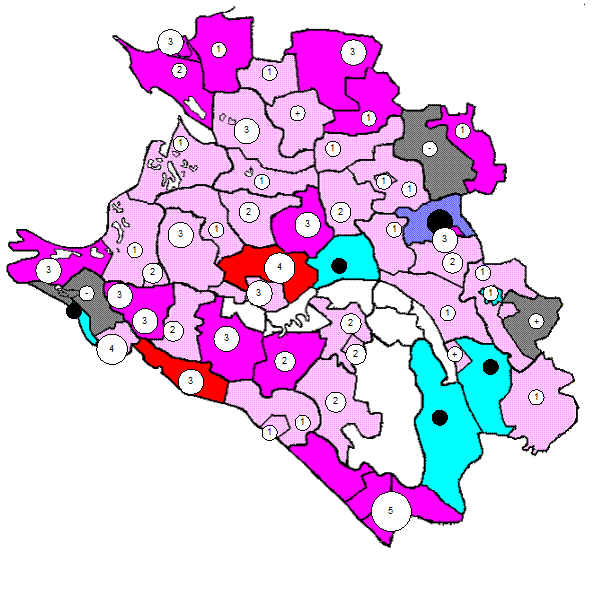Language teaching methodologu
One of the major foci of applied linguistic scholarship for the last half a century has been the foreign or second language classroom. A glance through the past century or so of language teaching gives us an interesting picture of varied interpretations of the best way to teach a foreign language. As schools of thought have come and gone, so have language teaching trends waxed and waned in popularity. Pedagogical innovation both contributes to and benefits from the kind of theory-building described in the previous section. Albert Marckwardt (1972) saw these "changing winds and shifting sands" as a cyclical pattern in which a new paradigm (to use Kuhn's term) of teaching methodology emerged about every quarter of a century, with each new method breaking from the old but at the same time taking with it some of the positive aspects of the previous paradigm. One of the best examples of the cyclical nature of methods is seen in the revolutionary Audiolingual Method (ALM) of the late 1940s and 1950s. The ALM borrowed tenets from its predecessor by almost half a century, the Direct Method, while breaking away entirely from the Grammar-Translation paradigm. (See "hi the Classroom" vignettes to follow, for a definition of these methods.) Within a short time, however, ALM critics were advocating more attention to rules and to the "cognitive code" of language, which, to some, smacked of a return to Grammar Translation! Shifting sands indeed. Since the early 1970s, the relationship of theoretical disciplines to teaching methodology has been especially evident. The field of psychology has witnessed a growing interest in interpersonal relationships, in the value of group work, and in the use of numerous self-help strategies for attaining desired goals. The same era has seen linguists searching ever more deeply for answers to the nature of communication and communicative competence and for explanations of the interactive process of language. The language teaching profession responded to these theoretical trends with approaches and techniques that have stressed the importance of self-esteem, of students cooperatively learning together, of developing individual strategies for success, and above all of focusing on the communicative process in language learning. Today the term "communicative language teaching" is a byword for language teachers. Indeed, the single greatest challenge in the profession is to move significantly beyond the teaching of rules, patterns, definitions, and other knowledge "about" language to the point that we are teaching our students to communicate genuinely, spontaneously, and meaningfully in the second language. This book is intended to give you a comprehensive picture of the theoretical foundations of language learning and teaching. But that theory remains abstract and relatively powerless without its application to the practical concerns of pedagogy in the classroom. In an attempt to help to build bridges between theory and practice, I have provided at the end of each of the chapters of this book exercises and questions for individual, group and class work. These exercises are designed to acquaint you progressively with some of the major methodological trends and issues in the profession. Today, language teaching is not easily categorized into methods and trends. Instead, each teacher is called on to develop a sound overall approach to various language classrooms. This approach is a principled basis upon which the teacher can choose particular designs and techniques for teaching a foreign language in a particular context. Such a prospect may seem formidable. There are no instant recipes. No quick and easy method is guaranteed to provide success. Every learner is unique. Every teacher is unique. Every learner-teacher relationship is unique, and every context is unique. Your task as a teacher is to understand the properties of those relationships. Using a cautious, enlightened, eclectic approach, you can build a theory based on principles of second language learning and teaching.
|




